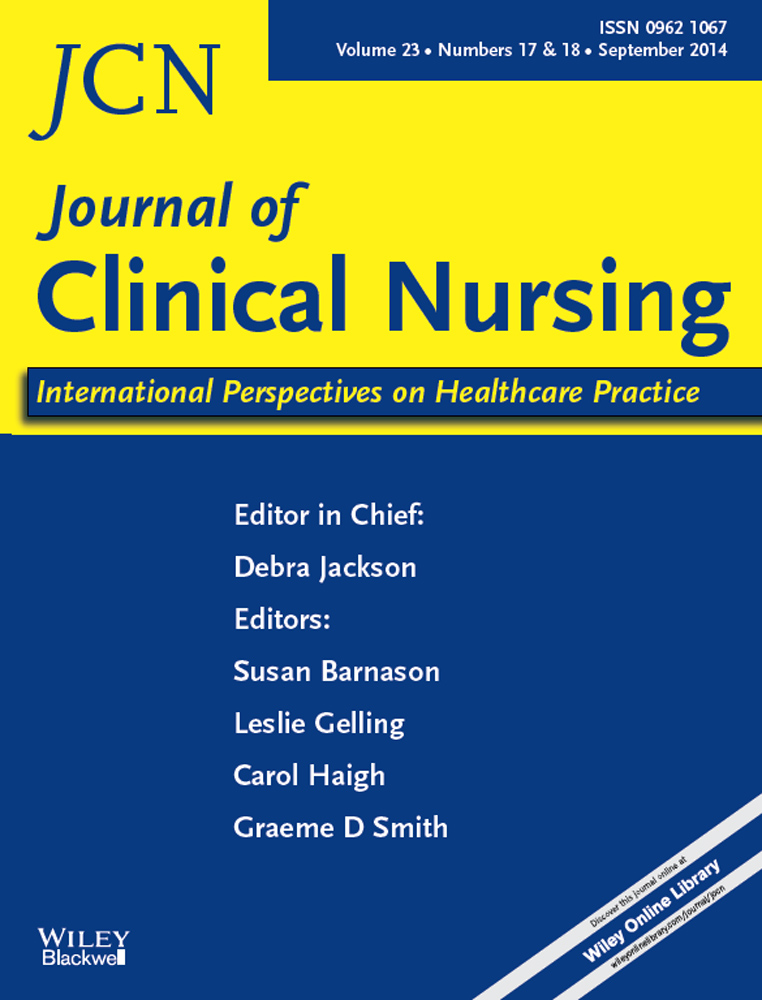A systematic review on the transfer of information during nurse transitions in care
Abstract
Aims and objectives
To examine the qualitative evidence on dynamics of knowledge transfer during transitions in care in acute care hospitals.
Background
The most common transition between nurse care providers is the intershift handoff. As these handoffs tend to be time-consuming and costly, it is important to understand the dynamics of the transfer of information at this time and, by extension, improve quality and safety.
Design
Systematic Review.
Methods
Qualitative studies conducted between 1988 and 2012 were sought. A comprehensive four-stage search strategy identified 125 qualitative studies that met the inclusion criteria. Of these, 50 were retrieved for appraisal. Retrieved papers were assessed by two independent reviewers for methodological quality prior to inclusion in the review using a standardised critical appraisal instrument.
Results
The final sample consisted of 29 qualitative studies. This represented more than 800 nursing handoffs and 300 nurse interviews. Sixteen categories were identified, which were then subjected to a meta-synthesis to produce a single comprehensive set of synthesised findings.
Conclusion
The evidence shows the handoff to be a complex, social interaction highly sensitive to context and cultural norms, an activity essential to multiple functions that extend beyond quality and safety. They are subject to wide variability in both the methods used and the kind of information that is handed off. Notably, the elucidation of the different ways in which individual nurses act as gatekeepers and influence patient care is a major finding of this review.
Relevance to clinical practice
The results of this systemic review provide evidence that a consistent guideline may provide an optimal shift report given the findings of this review that information transferred may be random and variable, inconsistent and incongruent, inaccurate or absent.




